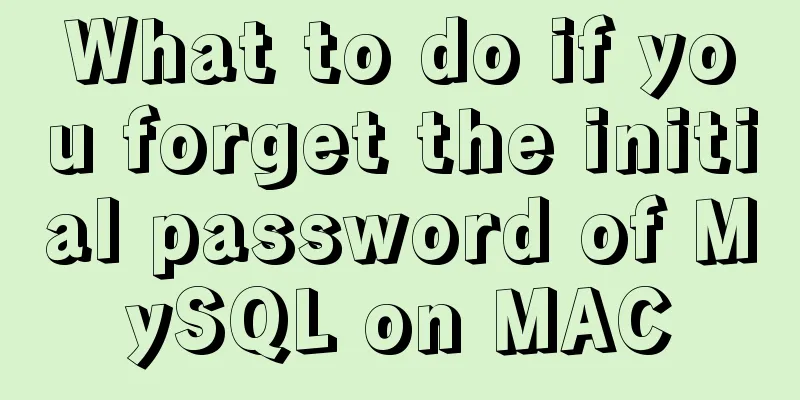How to create WeChat games with CocosCreator

|
CocosCreator supports publishing WeChat Mini Programs with one click since version 1.8. Here are the detailed publishing steps: 1. Download WeChat developer tools from WeChat public platformAddress: https://mp.weixin.qq.com/debug/wxagame/dev/devtools/download.html?t=2018115, select the corresponding version according to your needs. 2. Cocoscreator settingsSelect Cocos Creator --> Preferences --> Native Development Environment, configure the WechatGame program path, click Save and Close.
3. Configure build releaseThe following interface:
The game name can be written as needed, and the publishing platform can be WeChat Game. The appid can be left blank for the time being, because WeChat mini games can support debugging without appid, but the functions will be limited. According to the needs of the project, select the initial scene and the scenes involved in the construction. According to official documentation, the purpose of checking MD5 Cache is to perform version control (if you don’t understand, just check it first, it will be useful below). For details, please refer to the official documentation. When you see the content pointed by arrow 3 shows completed, it means the build has been successful. Because I built it directly successfully without encountering any unexpected situations, I am not sure if there are any pitfalls. If you encounter a problem, the most direct way is to use the creator's helloworld project to compile it. If the compilation fails, check whether there is a problem with your environment configuration. Everything is OK, click Run. 4. Open the applet projectIf you open it for the first time, you will see the following interface:
Select the mini program project and enter the following interface
Select the project directory, (project path)\(project name)\build\wechatgame. If there is an appId, fill it in directly, or you can register. I just made a demo and tried it out, so I directly selected the mini game and click OK. 5. Enter WeChat development tools
At this time you can see the game interface you edited. You can also play the game directly on the interface to check if there are any problems with the game. By the way, I would like to recommend a tutorial to newbies: http://www.byjth.com/CocosCreator/66.html, a blog written by "It gets dark when you close your eyes". It is very suitable for newbies to learn how to use Creator to make games. It is useless to just read the tutorial. The key is to learn more and do more. This game was made according to his tutorial. 6. CompileYou can see the running of this mini game in the simulator interface on the left side of the tool. 7. PreviewYou can experience your first mini-game on your mobile phone by scanning the QR code with WeChat. But there is one thing you need to pay attention to. If you follow this tutorial, you may encounter this problem (the code package size is xxxx kb, the upper limit is 4096 kb, please delete the file and try again). If you are lucky and the package size is just less than 4096 kb, then you can play with your mobile phone. Okay, don’t worry, let’s fill the hole now. According to the official documentation, in the environment of mini-games, resource management is the most special part. One of the rules is that the size of the mini-game package cannot exceed 4mb, including all codes and resources. Additional resources must be downloaded through network requests. This is a bit embarrassing. It is only 4M, so we can only download it from the Internet. Don't worry, it is very easy to handle because cocoscreator has already encapsulated it for us and can be called directly. The specific steps are as follows:
8. Preview success A QR code will be generated. Use WeChat to scan it and open the mini-game. At this time, you may see compilation exceptions. Don't worry too much. Just take a look at the running effect first. You may see a completely black screen. Click ... in the upper right corner and select Open debugging. Scan the QR code again and the program will run on your phone. The above is the detailed content on how to use CocosCreator to make WeChat mini-games. For more information about making WeChat mini-games with CocosCreator, please pay attention to other related articles on 123WORDPRESS.COM! You may also be interested in:
|
<<: Detailed installation tutorial of mysql 5.7.11 under Win7 system
>>: One command lets you understand the common parameters of the read command in the shell
Recommend
How to add a certificate to docker
1. Upgrade process: sudo apt-get update Problems ...
Summary of MySQL common SQL statements including complex SQL queries
1. Complex SQL queries 1.1. Single table query (1...
The question of whether a tag opens a new page. The opening status of major websites is summarized
Whether the a tag opens a new page: (1) Baidu Ency...
Perfect solution to mysql cannot start after phpstudy is installed (no need to delete the original database, no need to change any configuration, no need to change the port) direct coexistence
Today, when learning PHP, of course, you have to ...
An in-depth introduction to React refs
1. What is Refs is called Resilient File System (...
MySQL Series 14 MySQL High Availability Implementation
1. MHA By monitoring the master node, automatic ...
MySQL 8.0.22.0 download, installation and configuration method graphic tutorial
MySQL 8.0.22 download, installation and configura...
Summary of the differences between count(*), count(1) and count(col) in MySQL
Preface The count function is used to count the r...
Vue implements partial refresh of the page (router-view page refresh)
Using provide+inject combination in Vue First you...
jQuery realizes the shuttle box effect
This article example shares the specific code of ...
Win10 + Ubuntu20.04 LTS dual system boot interface beautification
Effect display The built-in boot interface is too...
Detailed tutorial on deploying Apollo custom environment with docker-compose
Table of contents What is the Apollo Configuratio...
Example of how to automatically start an application service in a Docker container
If you want the application service in the Docker...
Let's learn about the MySQL storage engine
Table of contents Preface 1. MySQL main storage e...
Installation of mysql-community-server. 5.7.18-1.el6 under centos 6.5
Use the following command to check whether MySQL ...














